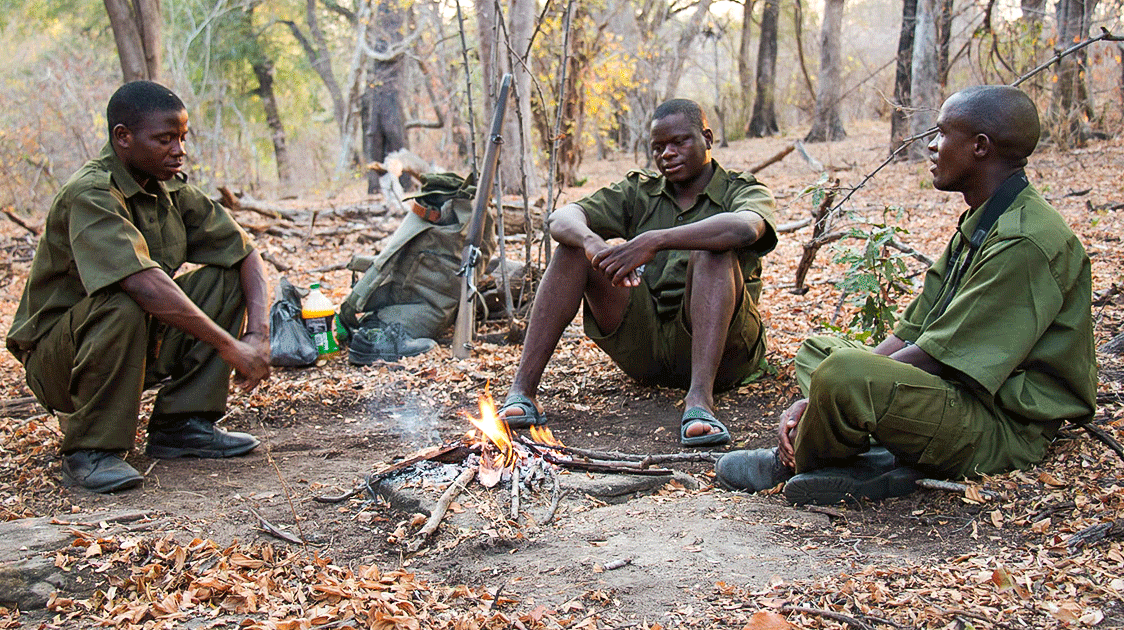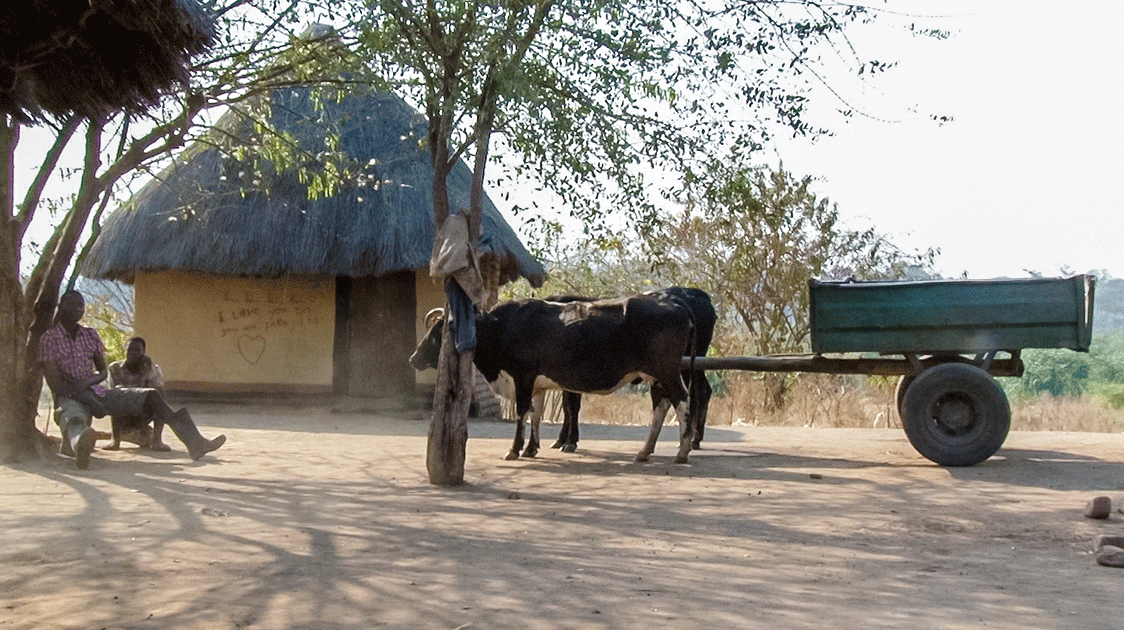Informant Network System
In the fight against wildlife crime, intelligence is the most effective weapon. While boots on the ground and surveillance tools have their place, nothing compares to the precision of human intelligence gathered through an informant network system. These networks operate quietly but powerfully—relying on real people who live near conservation areas and know the land better than any drone or camera ever could.
Community Informant System for Conservation
A successful community informant system for conservation is built on trust, discretion, and shared interest. Farmers, herders, and even former poachers often provide the most valuable insights. They see what rangers don’t: new vehicle tracks in restricted zones, gunshots in the night, or strangers asking unusual questions. These local observers don’t need fancy gear; they just need a safe, confidential way to speak up.
Most informant systems use secure phone lines or encrypted messaging apps that hide the caller’s identity. These platforms protect the source while making it easy to report suspicious activity. Conservation teams then vet the information before taking any action. This reduces false alarms and ensures that patrols don’t risk their lives on bad leads.
Anti-Poaching Informant Network: How It Works
An anti-poaching informant network thrives on speed and incentives. Small, rapid rewards are often the difference between getting actionable intelligence or missing it altogether. For instance, a $10 payout for an early warning about a poacher’s movements can prevent the death of an endangered rhino, and that kind of early intervention is priceless.
These networks aren’t loose arrangements. They are structured systems with defined protocols: who verifies a tip, how rangers respond, and how the informant is rewarded and protected. The backbone is consistent follow-up; sources must see that their tips lead to real consequences, whether it’s arrests, confiscated weapons, or animals saved.
Wildlife Crime Informants: Who Are They?
Wildlife crime informants come from all walks of life. Some are reformed poachers who know the trade from the inside. Others are park staff, drivers, or fishermen who spot things during their daily routines. Many never step foot in a ranger station; they simply report what they’ve seen using a secure channel.
In areas where law enforcement is weak or corruption runs deep, these individuals take significant risks. That’s why informant safety is paramount. Using digital anonymity tools, maintaining strict operational security, and offering relocation if needed are all part of responsible informant management.
How Informant Networks Help Catch Poachers
The value of informant networks isn’t in the number of tips; they’re measured by outcomes. One accurate piece of intelligence can shut down a poaching cell or intercept a wildlife trafficker mid-transport. These networks are often the only way to outsmart organized crime syndicates operating across borders.
Intelligence gathering for anti-poaching operations is especially critical in remote regions. Informants provide early warnings that allow teams to intercept illegal hunting parties before animals are killed. They can also flag suspicious individuals posing as tourists or researchers.
Poacher Informant Rewards: Incentivising Legal Action
Paying informants remains a debated practice in conservation. Is it ethical to offer poacher informant rewards? In practice, yes, when done correctly. The aim is to reward legal, proactive behaviour, not to buy silence or encourage entrapment. Reward systems are structured and accountable, often tied to specific results like arrests or weapon seizures.
By tying poacher informant rewards to clear outcomes, programs avoid incentivizing false tips. They also show communities that conservation pays, literally and ethically. The reward is not just money, but also improved safety, fewer criminal gangs, and stronger legal systems.
Intelligence Gathering in Anti-Poaching Efforts
Conservation agencies now recognize that intelligence gathering anti-poaching efforts are more effective than reactive patrols. By tapping into local knowledge networks, parks and reserves can make better decisions on where to deploy teams, when to increase surveillance, and how to adapt their strategies.
This approach shifts the focus from chasing poachers after the fact to preventing the crime before it occurs. The result? Fewer animal deaths, reduced ranger casualties, and a higher rate of prosecution.
The message is simple: information saves lives, both human and animal. That’s why informant networks are more than just a side tool in conservation. They’re a frontline strategy in protecting wildlife.
👉 Subscribe to our newsletter at Patrol, for anonymized case studies and updates from our field teams.
FAQ
1. Is paying for tips ethical?
Yes, when it supports lawful behavior and protects informants. It’s about valuing human insight and fostering a sense of shared responsibility in conservation.
2. How do you keep informants safe?
Through encrypted communication, anonymity tools, and clear, respectful boundaries between the ranger teams and the community.
3. What if a tip turns out to be false?
Every report is verified before action is taken. Not every tip leads to a result, but a false report doesn’t mean bad intent. Repeated false tips, however, are flagged and can result in removal from the network.
4. Do informants stay anonymous forever?
In most cases, yes. Only trusted coordinators know their identities. Even rangers responding to a tip often don’t know the source. Long-term informants are treated with extra care, sometimes including relocation support if needed.
5. Can these networks work in any country?
Yes, but they must be tailored to local contexts. What works in one region might fail elsewhere. Success depends on cultural understanding, legal frameworks, and cooperation with trusted local partners.


